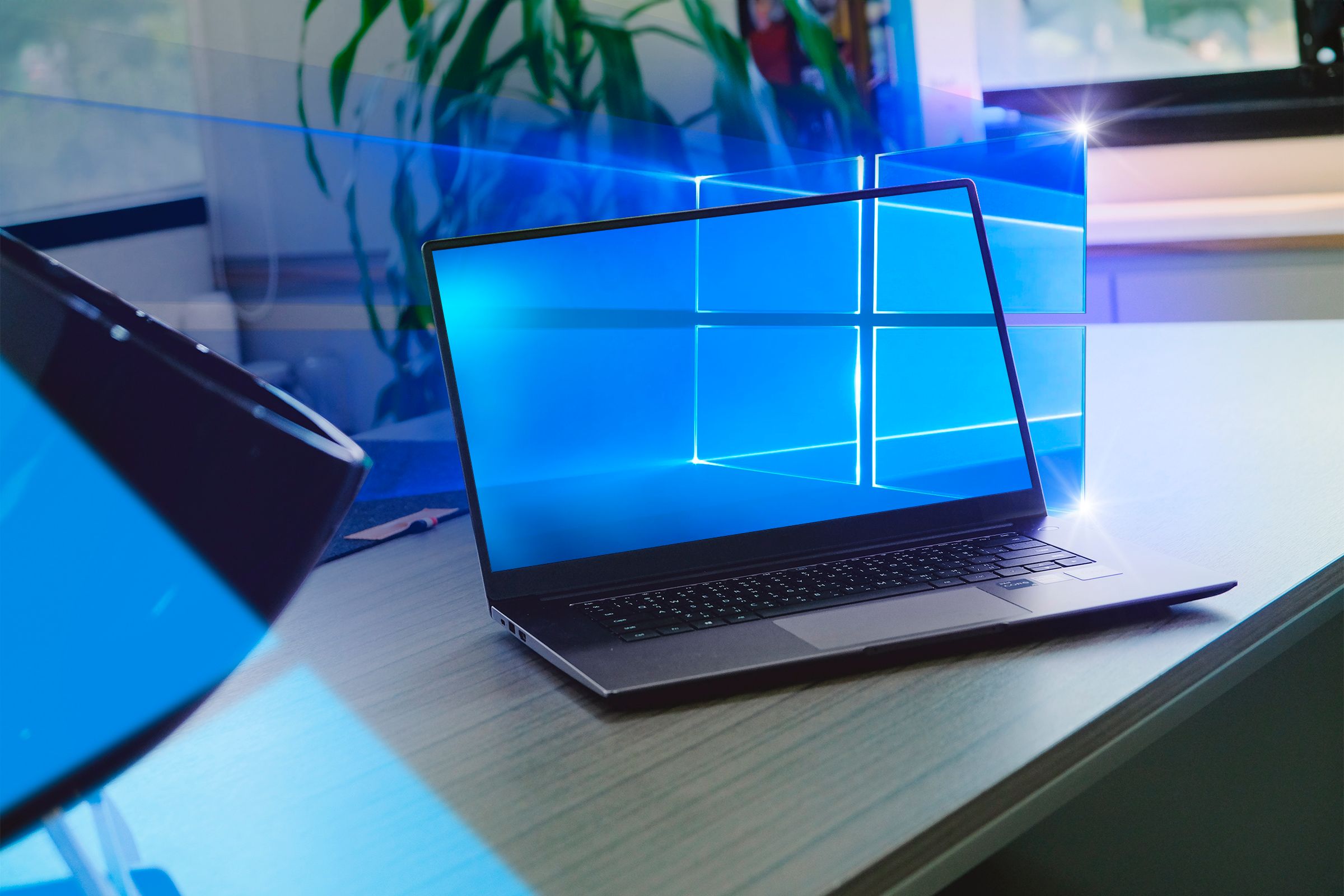Summary
- New Windows 11 PCs must have certified USB-C ports with Full Power Delivery or DisplayPort capabilities.
- USB-C ports on certified PCs need to support power delivery for accessories and displays up to 2 monitors.
- This change ensures all laptops running Windows 11 24H2 version support fast charging and external displays.
USB in general has historically always been hit or miss. Sometimes you can get really good USB support on a computer, or sometimes you get the bare minimum (which might not be amazing). Now, as of new Windows 11 PCs released this year, the “minimum” is actually decent now.
Microsoft is set to implement stricter hardware requirements for USB-C ports on new PCs certified for Windows 11 version 24H2. A WHCP-certified PC, often identified by a “Designed for Windows 11” badge, will now be required to incorporate “Full Power Delivery” or “DisplayPort Alt Mode” in its USB-C ports. In other words, a PC certified for use with Windows 11 24H2, and which ships with the newest version of the operating system, will be required to support full PD/DisplayPort capabilities if they seek to obtain Microsoft’s certification.
WHCP-compliant USB-C ports will need to supply enough power to run accessories (4.5W or 7.5W) and at least one display on USB 3 (up to 20 Gbps). For the more advanced USB4 ports (40 Gbps or 80 Gbps), the requirement is to deliver at least 15W of power (7.5W for tablets). These USB4 ports must also be capable of driving two 4K monitors at 60 Hz, and support PCIe tunneling and Thunderbolt 3.
In theory, this should end subpar USB ports on laptops. While this doesn’t tend to be a problem too often on higher-end laptops, we do have problems on budget, cheaper laptops, which usually cut a lot of corners in order to still deliver a usable experience. Some of the corners that are occasionally cut include USB support—they will work well for data transfer, but they won’t be great for much else.

Related
Windows 10 vs. Windows 11: Which Do You Prefer?
In some ways, Windows 10 and Windows 11 are quite similar—at least, the jump between them isn’t as drastic as other versions of Windows. If you’ve used both of them, which do you prefer and why?
While at first I favored Windows 10, in part because I got so used to it over the years, I’ve come to appreciate Microsoft’s latest operating system.
With this, even computers on $400-$500 price points, or netbooks that are even cheaper, will need to have fully functional USB-C ports that can actually charge your phone at acceptable speeds or drive external displays. This would also bring Windows laptops closer to MacBooks, which do have consistent USB-C support across the whole lineup.
The updated certification also mandates that the USB-C controllers in these computers must use USB Implementers Forum (USB-IF)–certified silicon. Additionally, these controllers will be required to run on built-in Windows USB drivers, which can be updated directly through Windows Update.
This is a change that’s mandatory for Windows 11 PCs that ship with the new 24H2 version, so that should be most laptops released this year and over the next few months.
Source: Windows Latest







Leave a Comment
Your email address will not be published. Required fields are marked *